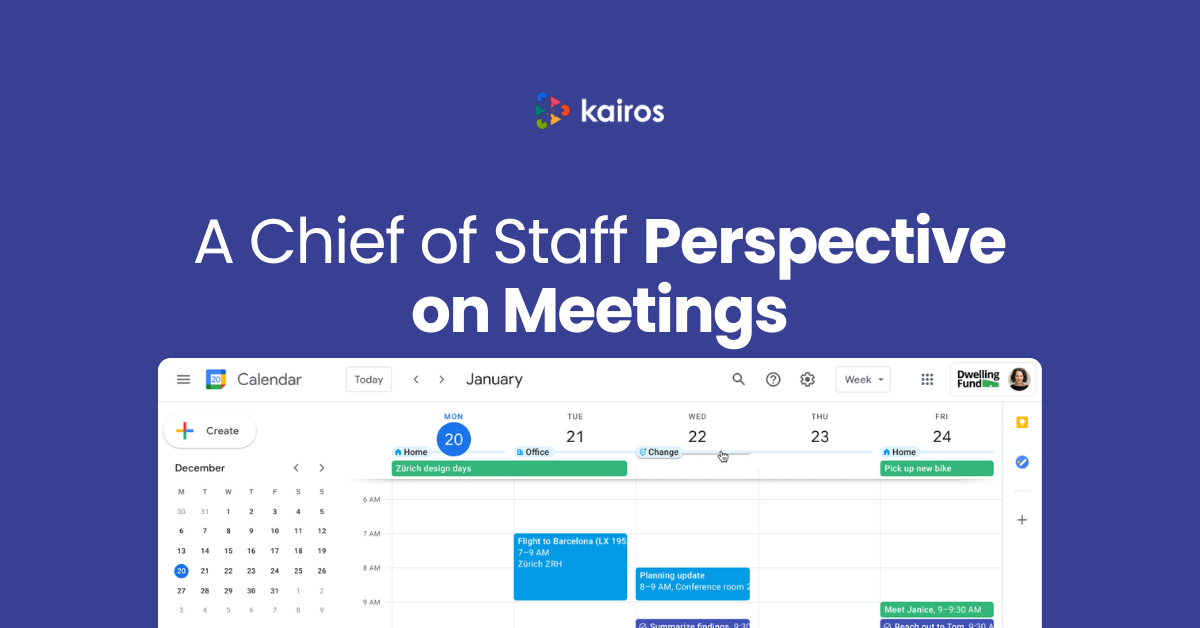Master Time Audits to Uncover Inefficiencies and Boost Agile Transformation
Audit Your Time... Don't Waste it
Your day might start with navigating a new senior hire’s roadmap change (again), and end with motivating a team struggling to meet sprint goals - all while delivering detailed productivity metrics in the background. It demands a sharp eye. A critical lens to truly understand the business and unveil areas for improvement.
While P&L sheets tend to get most of the analytical spotlight, timesheets can be a more illuminating metric of an organization’s health. They expose the gap between strategy and execution, between what gets said and what actually gets done. It allows for better decision-making, spotting time drains and continuous improvement.
Time tracking holds teams and managers rigorously accountable, showing exactly how an organization’s most valuable resource - time - is being spent. Perhaps it’s this transparency that makes teams uneasy with it—or simply the fact that tracking time is honestly, pretty annoying. However, when done right, it empowers teams and helps them to work smarter (rather than harder).
In case “reading internet articles” wasn’t intended for your time audit today, we’ve put together a quick guide to help you tackle time audits and eliminate your biggest time vampires.
When it’s Time to Explore Time Audits
We’ve all been in a team rut—employees missing sprint goals, working overtime, and starting meetings with a semi-desperate plea to turn cameras on. The organizational hat-trick that signals it’s time to shake things up. This is when time auditing becomes illuminating, especially when the usual offenders are to blame: context switching and prioritization.
Time auditing paints a clear picture of how employees prioritize tasks, and what those tasks actually are. There are a few ways to approach a time audit, but we love Andy Sparks’ no-nonsense “Get it; know it; use it” model.
Get it: Track and classify how you’re spending your time.
Know it: Review the data and reflect on whether you’re using your time effectively or not.
Use it: Make decisions about how you’ll spend your time more effectively: keep some things, delegate others, stop others, and reassign.
How Mismanaged Meetings Cause Cognitive Overload
After conducting an audit, most teams discover that the source of their cognitive whiplash is a mismanaged meeting culture. This is largely because every meeting throughout the workday necessitates a mental shift.
Picture this: a project kickoff at 9:00 AM, a strategy meeting at 10:30 AM, a lunch-and-learn at 12:00 PM, a review session at 2:00 PM, and a networking event at 4:00 PM. How are you supposed to accomplish tasks with this agenda? Not to mention, you’re definitely responding to that “quick question” in Slack and declining other meetings...while in your current meeting (don’t worry, we do it too).
This type of workflow – the constant switching between tasks - takes a significant mental toll—our research shows that even brief mental blocks caused by switching tasks can cost as much as 40 percent of someone’s productive time. It hinders deep work, thoughtful engagement, and ultimately leaves employees exhausted. This is where time auditing can help uncover the real, complicated issues within your company’s culture and workflow.
That being said, it’s not always an easy sell.
No One Likes Traditional Time Audits (Someone Had to Say it!)
No employee has ever felt a jolt of excitement from being asked to track and record how they spent their day—especially when they’re already disengaged and overworked. The reality is that respect for someone’s time is one of the highest forms of respect.
Presenting a time audit thoughtfully is just as crucial to its success as how you execute it. Communicating that this audit is conducted out of respect for their time, rather than as a form of scrutinous surveillance will be helpful. The goal is to have your team feel like they’re winning vs. wasting time.
From a more logistical point of view, ideally, your timesheets should be better than a Notion or Excel Sheet. They should be dimensional and help you track and analyze data. You want your time audit to buy back time rather than consume it.
Reclaim Your Time
If this is making your palms sweat, wipe them dry and pay attention. Kairos offers an integrated solution that bakes time auditing directly into our software, empowering you to reclaim control over how your team spends its time.
Our flywheel of meeting performance creates a feedback loop for constant improvement based on hard data AND your team's input. All while making recommendations to optimize and drive employee engagement and productivity. Not bad.
Schedule a demo to discover how Kairos can help your team streamline meetings, reduce cognitive whiplash, and enhance productivity. By embracing time auditing and utilizing tools like Kairos, you can minimize the chaos of mismanaged meeting culture and focus on what truly matters: meaningful, impactful work.
Your team’s productivity doesn’t have to be at the mercy of its meeting culture.
.png)

